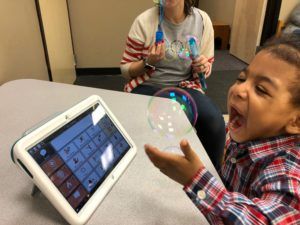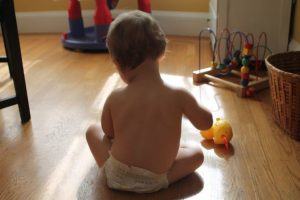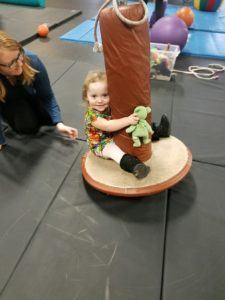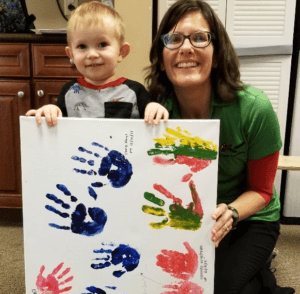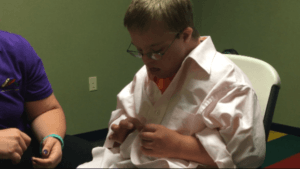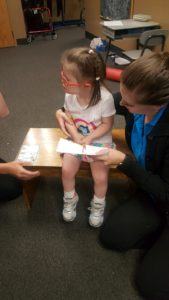Month: November 2014
*These apps are only available for Apple products (iPhone, iPad) iPad Apps for AAC
| App | Description | Price |
| Talking Picture Board | A simple picture board for children containing some 300 pictures organized in 20 categories such as animals, office supplies, toys etc. The names of the pictures is spoken when pictures are clicked. | Free |
| Sono Flex | A great AAC device that has good core words, ability to make sentences, and context specific vocabulary | $99 |
| Tap to Talk | A good starter AAC device to help kids communicate basic needs, emotions and requests. | Free |
| Proloquo2go | A good AAC device for basic requests. It is very easy to edit. | $189.99 |
| iconverse | A very basic 6 button communication device | $9.99 |
| iCommunicate | You can create flashcards, storyboards, visual schedules, and pictures. It includes 100+ pics but you can add your own. | $19.99 iPod$29.99iPad |
| Tap Speak button | It’s like a big mac switch that you can store unlimited messages for an unlimited time. | $9.99 |
| Yes-No | This is a simple yes/no communication app | $1.99 |
Read More
 Decreased Trunk Strength:
Decreased Trunk Strength:
W-sitting in often used in children to compensate for decreased trunk strength by widening their base of support. This position does not challenge their sitting balance and trunk strength to develop core stability.
Decreased Crossing Over Midline:
W-sitting discourages full trunk rotation and crossing over midline with their arms (or the ability to shift their weight from side to side). This delay of crossing over midline can also postpone the child developing a hand preference since objects on left are picked up by the left hand and objects on the right are picked up by the right hand.
Muscle Tightness:
W-sitting may decrease flexibility in a child’s hamstrings, hip abductors, internal rotators and heel cords (muscles of the hip, thigh and calf) by placing these structures in an extremely shortened range.
Orthopedic Concerns:
W-sitting may predispose a child to hip dislocation (the hip slipping out of the socket that holds the leg to the pelvis). A research study using MRI has shown that during w-sitting all participants experienced hip subluxation (slipping of the 2 hip bones out of place). 1 Another study showed that habitual w-sitting may also lead to excessive lateral tibial torsion (the thigh bone rotating permanently out of line with the hip socket).2
- Yamamura, M. et al. “An open-configuration MRI study of the femoro-acetabular impingement and subluxation in extreme leg position.” International Congress Series 1268 (2004): 597-601.
- Magee, David J. Orthopedic Physical Assessment> Philadelphia: W. B. Saunders Company, 1997.
If your child is challenged learning to take turns talking and be understood, try some of these tips.
First let’s define words you may hear when talking to professionals. Language is how we communicate our wants and needs. This can be done verbally or nonverbally. We have to know and understand things in order to talk about them. So, language is both understanding and expressing. Point to as many items in your child’s world as you can and name them for your child. This helps your child to increase the words he knows and understand what those words mean.
Pragmatics is social language or graces. It is how we greet people, hold a conversation, take turns speaking, the personal space we maintain when we are speaking to others, eye contact etc. It is like the manners or expectations of communication both verbal and nonverbal.
Now some tips for encouraging back and forth communication with your child:
• Encourage the use of “appropriate personal space”. Place a hoola hoop around yourself and one around the child. Explain that if they want to enter the other person’s space, they need to ask.
• Encourage asking for hugs (when the child wants one) to be consistent in teaching your child to respect someone’s personal space
• Encourage children to look at your eyes when requesting,
• Put their hands at your eye level to direct them and/or point to your eyes
• When answering yes/no questions, if the child is just saying back “yes or no”, expand the utterance to include the full choice to demonstrate that there are two clear choices (i.e. “Yes, I want more ball, or No, I am all done with the ball”)
• Encourage use of signs to communicate when the child is having difficulty requesting or commenting
• If they have a sign in their repertoire make them use it before giving them what they want (i.e. ball, more, all done)
• If your child has difficulty using vocalizations consistently when they do make noises, repeat it back to them with the exact same sound, tone of voice, and inflection
• This will help to teach them intent of communication, and that when they talk, you will respond back
• Expand upon words that your child is using (i.e. if they say “ball”, say “red ball”, or“big red ball”)
• This will encourage two word utterances
• Practice turn taking with games (i.e. candyland)
 If you’ve never used Pinterest: Pinterest is a website that allows you to access the internet in a unique way by creating your own virtual cork boards of items or activities of your interest. On each cork board you can pin items from all over the internet so that you can go back to ideas you find easily for future reference. You can also browse other cork boards and repin items to your board! When you click on a “pin” you have a few choices:
If you’ve never used Pinterest: Pinterest is a website that allows you to access the internet in a unique way by creating your own virtual cork boards of items or activities of your interest. On each cork board you can pin items from all over the internet so that you can go back to ideas you find easily for future reference. You can also browse other cork boards and repin items to your board! When you click on a “pin” you have a few choices:
• First you can “like” the pin and a list of “likes” will be created in your profile for you to go back to.
• Second you can “repin” the “pin”. So if you see something you like on ABC’s page, and don’t want to forget it, you can pin it to your own board.
• Third you can click the website link on the top right of the pin and it will take you to the original website where the pin was found. At the website you may find out how to create a homemade activity, how other people are using the activity, or possibly how to purchase a specific game or toy.
The benefits of ABC’s Pinterest site: ABC is taking all the hard work out of trying to find fun home program ideas for your child to meet their goals. Visit our pinboard and you will see that we are collecting a plethora of ideas to help your child meet a variety of goals. We will be constantly adding to our pinboards so check back frequently for new ideas.
Here is a list of current pinboards and what you might find on our Pinterest page:
Games for Growing: a list of games that you may already have in your game closet at home and how they can be used to help increase skills in a variety of areas targeted in therapy. Also a great list to refer to if a birthday is coming up as the games will be both fun toys as well as educational.
Fabulous fine motor skills: a variety of ideas to help your child work on fine motor skills. Some may be toys or crafts you can do with household items.
Fun with food: Is your child a picky eater? These fun food ideas can help your child think eating those nutritious foods is a fun game or an arts and crafts project. Hopefully this board gets the brain juices flowing with how to make food FUN!
Written by: Terri Smock, MA, CCC-SLP
Read More
How many buttons can you count on the clothes you or your kids are wearing today?
Buttons are everywhere! On raincoats, rain boots, sweaters, dresses, shirts, and pants.
Starting at the age of:
___2.5 years old, it is age appropriate for kids to unbutton 1 large button independently.
___3 years old, developmentally, a child should be able to button a large or medium button on themselves independently.
___3.5 years old, buttoning up to 3 or 4 buttons independently is expected.
As a parent, do you find yourself completing your child’s buttons for them? By spending a few extra minutes helping your child who is at least 2.5 years old to complete buttons will give them an increased feeling of accomplishment and more independence with everyday tasks!
Often children have trouble completing buttons because of decreased strength in their fingers and hands, decreased eye-hand coordination, decreased visual-perceptual skills, limited movement in their hands, and decreased grasping skills. Also, limited trunk strength may limit them from sitting upright to see the buttons.
Activities that children can participate in to increase their performance with buttons include:
- Squeezing silly putty or a squishy ball to increase strength
- Picking out “treasures” hidden in silly putty or play-doh
- Stringing beads to increase visual motor skills, visual-perceptual, and grasping skills
- Picking up small items such as cheerios, raisons or puffs to increase pinching/grasping skills
- Have your child lay on his/her belly during activities to increase trunk strength
- Wheelbarrow walks to increase hand strength and movement in hands
If you have questions about your child’s development, please contact an occupational therapist at ABC Pediatric Therapy Network at 513-755-6600. We look forward to helping your child excel with their fine motor skills.
Read MoreFall tree cutting activity:
- Cut a tree trunk and branches (different sizes of rectangles) out of brown construction paper and glue it onto another piece of construction paper (you can use blue for the sky or any other color you choose)
- Cut a strip of green paper and glue it under to bottom of the tree for grass
- Cut out strips of red, orange, and yellow paper
- Cut the strips into small squares for the leaves of the tree
- Scrunch the square pieces and glue them on the branches, the grass and the paper as leaves falling from the tree
Hang it up on the refrigerator or around the house for fall decoration!

 Skip to content
Skip to content
